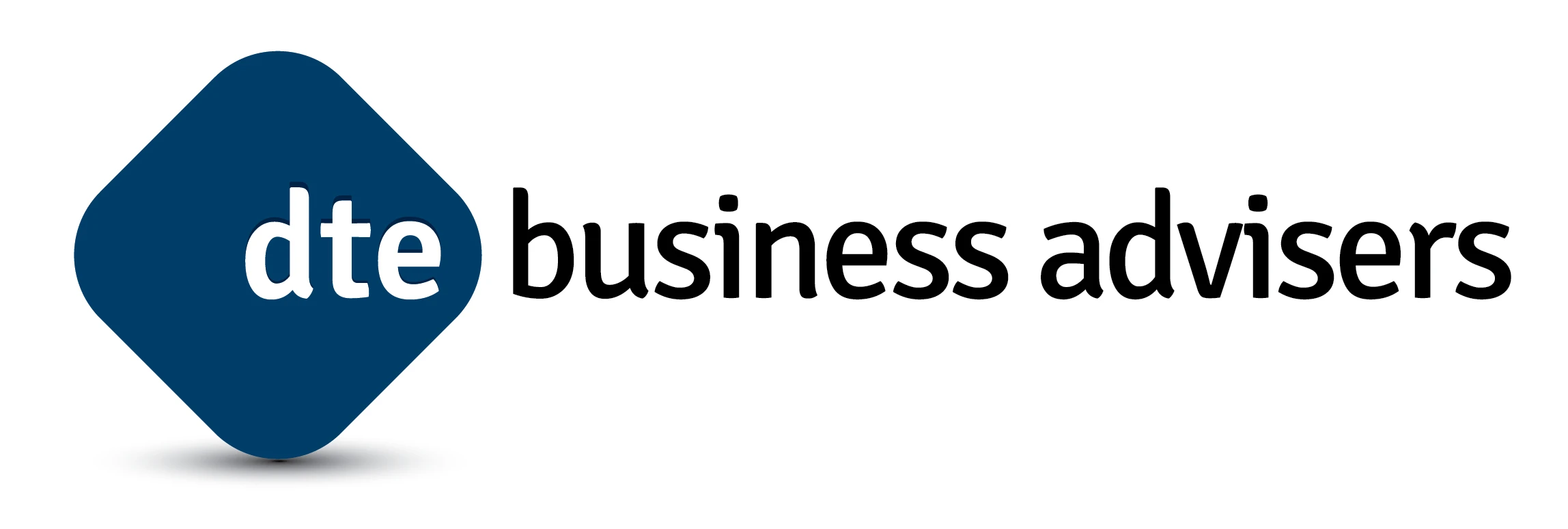To simplify the way that your employees’ benefits, and expenses are taxed, an option to consider for the new tax year is payrolling your benefits.
In this blog post, we will explore the ins and outs of payrolling benefits. Including what it is, how it works, what can be included, and how to register.
We will also discuss important considerations, as well as the advantages and disadvantages of this approach.
So, let’s dive in and learn how payrolling benefits can simplify your payroll process and benefit your employees.
What is payrolling BIK?
In April 2016, HMRC introduced the payrolling of Benefits in Kind (BIK). This offered registered employers the ability to tax certain BiK, in real time, through their payroll system, rather than reporting on the annual P11D forms.
How does it work?
The annual cash equivalent of the BIK is divided by the pay frequency. For example, if your employee is being paid monthly, the annual amount will be divided by 12 months. This will be shown as a notional amount on their payslip to account for the tax due each pay run.
What can be included?
Almost all taxable benefits can be payrolled apart from employer provided living accommodation, plus interest free and low interest (beneficial) loans. As an employer, you can choose which benefits you want to payroll and can exclude certain employees, including directors.
How do I register?
You must register online with HMRC through your Government Gateway before the start of the tax year in which you would like to start payrolling the benefits.
If you wish to start payrolling your benefits for 2023-24, you will need to register by 5 April 2023. It is recommended that you do this as soon as possible. This will allow HMRC time to update your employees’ tax records and remove any taxable benefits from their tax code. You will then be issued with a revised tax code from HMRC via form P9, ready for the new tax year.
Informing employees
Once you have registered to payroll your employees’ benefits, you must provide written notification to your staff. This written notification should explain that you are payrolling benefits and what this will mean for them. This can be in the form of a letter, email, or payslip and should include the following:
- Details of the benefits payrolled.
- The cash equivalent for the benefits payrolled.
- The relevant amount payrolled for optional remuneration (OpRA).
- Details of any benefits not payrolled.
Key factors to consider before payrolling benefits
You must ensure the benefits are payrolled and taxed correctly. Otherwise, HMRC could look to recover the tax from you.
Circumstances where an employee’s pay temporarily decreases, due to long term absence, could result in not being able to payroll the benefit.
The 50 per cent regulatory limit in income tax still applies when payrolling benefits. This could restrict the full amount of the BIK being taxed.
If the tax due on the payrolled benefit cannot be taken in one period, this has to carry forward to the next period. If this is not possible, an employee may need to be removed from the scheme. The benefit would then need to be re-introduced through their tax code.
It’s important to note that even if you choose to payroll benefits for your employees, you will still be responsible for paying the Class 1A National Insurance Contributions (NICS) liability by the 19th/22nd July following the end of the tax year.
Advantages of payrolling benefits
Payrolling benefits offers numerous advantages to both employers and employees. One primary benefit is that it’s easier for employees to see that they are paying the correct amount of tax at the right time. Additionally, changes can be quickly adjusted in real-time, ensuring the right amount of tax is paid by the end of the year.
Payrolling can also eliminate the need for a P11D form in most cases, reducing the administrative burden. If you offer company car benefits, payrolling can also remove the need to submit a P46 (car). Thus, making the process even smoother.
Disadvantages of payrolling benefits
While payrolling benefits has its advantages, there are also some potential disadvantages that you should consider. One significant disadvantage is that the incorrect application of benefits could result in an under or over-payment.
Which ultimately means that any changes in the benefit amount must be monitored and applied accordingly. Additionally, you are still required to complete and submit a P11D(b) form, regardless of whether benefits have been taxed via P11D forms or payrolling.
Another potential disadvantage is that payroll agents cannot register on behalf of employers. Therefore, it is your responsibility to register and select the relevant benefits. Which, of course, can be time-consuming and require additional administrative work.
Summary
In conclusion, although payrolling benefits is currently a voluntary process, it’s important to be aware that it could become mandatory in the future. By adopting this process sooner rather than later, it can reduce the workload, should HMRC make the change with little or no notice.
If you’re interested in payrolling your benefits in kind, please don’t hesitate to contact DTE Payroll Outsourcing. Our team can help take care of this for you and ensure that you’re compliant with all relevant regulations. So why wait? Get in touch today and streamline your payroll process with payrolling benefits.























